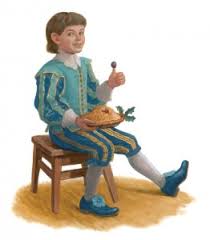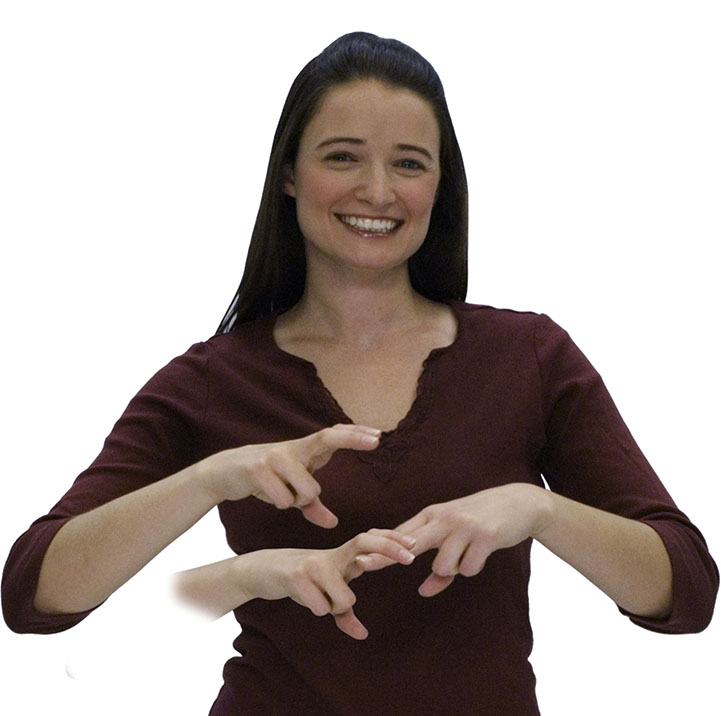 Little Jack Horner is the newest Mother Goose Nursery Rhyme song to be posted on our We Play Along YouTube channel for parents and teachers to learn the American Sign Language Signs (ASL) that are used when saying or singing this classic children’s rhyme.
Little Jack Horner is the newest Mother Goose Nursery Rhyme song to be posted on our We Play Along YouTube channel for parents and teachers to learn the American Sign Language Signs (ASL) that are used when saying or singing this classic children’s rhyme.
ASL and rhymes provides so many great benefits for toddlers and preschoolers and we make it easy for anyone, with or without any singing or signing experience, to learn the signs and use them with their children. You can watch our Little Jack Horner Instruction Video first to learn the signs you will be using with this nursery rhyme and then watch our Little Jack Horner ASL Song Video to sing and sign along with your child or just to reinforce your learning so you can go and sing and sign this rhyme, and others on our channel, with your children.
We signed nursery rhymes, like Little Jack Horner, with our own children beginning over 30 years ago and as a result of all the great things it brought to our family we wanted to understand why signing was such a great thing to add to everyday life. Amongst the many reasons were the fact that it added an additional way for children to learn, remember and recall words. Dr. Marilyn Daniels, in our book, Sign to Speak Toddlers At Play discusses this very point and I wanted to share it. She states:
“It is important to understand the salient reasons for using a signed response with your toddler. To amplify this idea, let’s examine the physiological difference between a verbal response and a signed response. The research indicates a signed response offers clear beneficial effects in several realms.
You use words to shape your child’s behavior. You have done this since your child was born. Of course, at the beginning, a child does not fully comprehend the meaning of your words. Their understanding is aided by the cues they receive from your tone of voice, from your facial expression, and from your rate of delivery. These pieces of what linguists call paralanguage all contribute to a young child’s ability to grasp meaning from spoken words.
When you begin to include signs with your spoken words, you are enhancing the quality of your communication. In addition to the spoken words coupled with the typical paralanguage, your child is receiving an entirely new set of signals. Watching your hands as you form the signs presents new data from which the toddler gathers information.
As a toddler starts to learn the signs and is able to form them, you can begin to encourage your child to make a signed response when you ask the child a question or want them to comply with a request. The signs should accompany a spoken response if the child is able to pronounce the words.”
Nursery Rhymes like Little Jack Horner offer parents and teachers the opportunity to encourage children to use their signs in a fun and playful way and often the signs are others you can use at other times and for other requests. For example,
“When toddlers make signed responses, or when they sign words in rhymes and songs, they will acquire two separate memories of the communication. They will have both
- a voiced-aural memory and a
- visual-kinesthetic memory
of the encounter. Each of these memories will be stored in a separate memory store in your child’s brain. Both of the memories will be available for your child. This establishes a healthy redundancy. In a sense, it is similar to placing the message in two computer programs such as Word and WordPerfect.
At a minimum, double the number of new synapses will be formed as both versions of the message are encoded in a toddler’s memory. This signed response increases the likelihood toddlers will recall your directions and act on them appropriately. As previously indicated, using the signed response is also very helpful when encouraging toddlers to recognize their feelings and act on them in a proper manner.”
Little Jack Horner offers a few great signs that you can use all the time in your daily life for reward, communication, and silent behavior control as well as to get them to sign back to you. EAT can be used all the time at meal times or to ask if a child is hungry. SAT is a sign that aids you in silent behavior control. Once the understanding of the sign occurs, all you need is eye contact to get your toddler or preschooler to sit, while eating or playing or at any time you require that action. GOOD is a wonderful reward sign expressing your gratitude for them and their actions and behaviors.




Hold the thumb and fingertips of one hand together and bring them up to your mouth repeatedly (as if you were eating something)
Hold pointer and middle fingers out from a fist on both hands with fingers slightly curved. With palms down on both hands, place fingers of one hand on top of the other fingers.
Hold one hand out flat, palm up and the other flat hand, palm in at your chin, and move that hand downward placing it onto the palm up hand.
Little Jack Horner has been used with children for hundreds of years with the melody associated with the rhyme dating back to the late 1800’s. Educators for generations have been promoting the benefits to language development and reading readiness to nursery rhymes like Little Jack Horner. Now with American Sign Language and the 2 Key Memorization Tools offered by signing Little Jack Horner and other Mother Goose Nursery Rhymes with ASL, it is easy to see why so many educators and parents have included American Sign Language in their homes and schools.
Visit 4parentsandteachers.com for more ASL DVD’s with instruction and to see our Mother Goose Nursery Rhyme CD that you can take with you anywhere to sing and sign along as you learn the signs.
